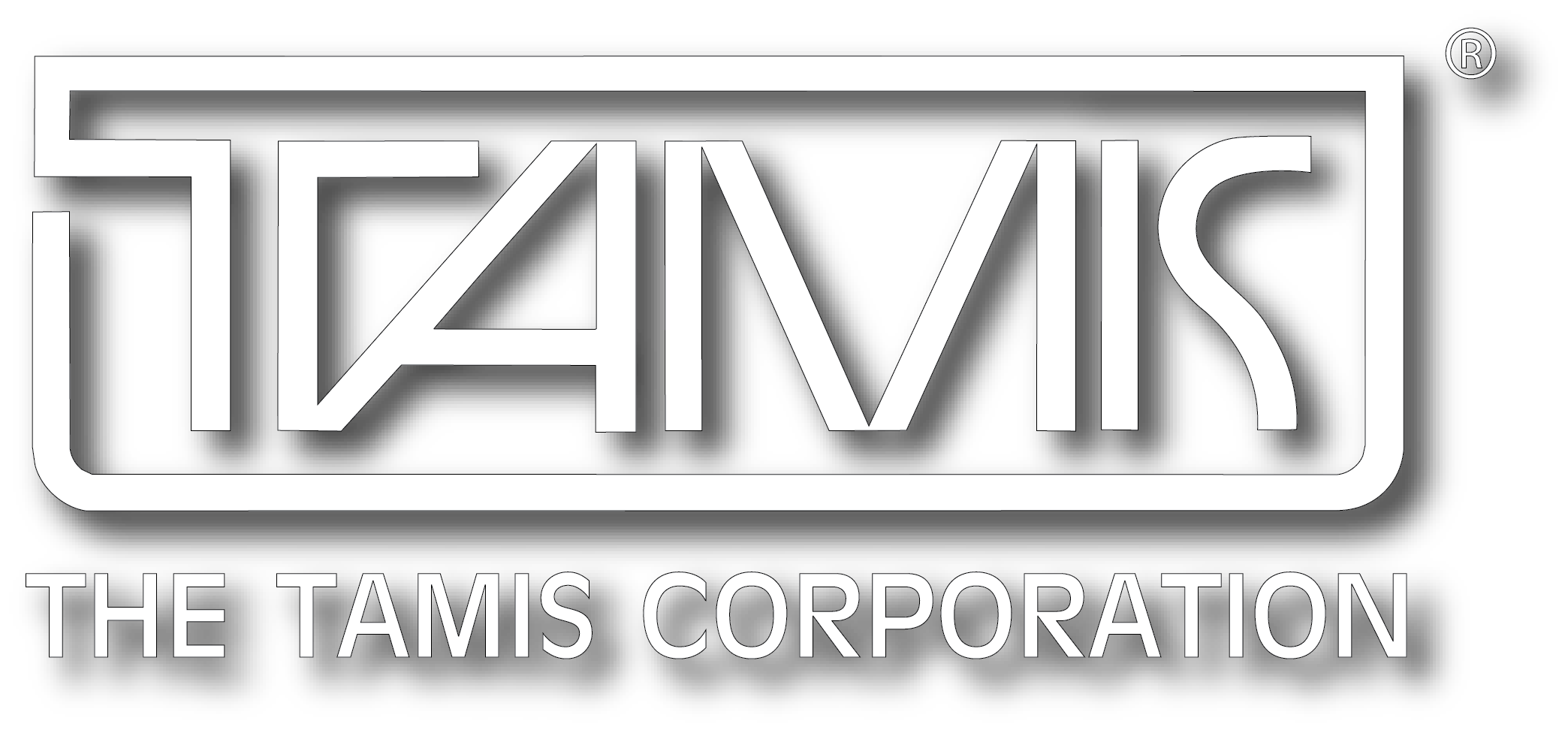HEAD OVER TO OUR UNIQUE EXPO DIVISION TO SEE MORE ABOUT PIPE AND DRAPE COMPONENTS AND GET A QUOTE 
Introduction to Pipe and Drape Components
When preparing a display using pipe and drape components, questions regarding the quantity of bases, uprights, and drape support rods are a simple matter of mathematics – once one knows the amount of space that needs to be covered, calculating the number of these components is clear-cut.
But what about the drapes? Many drape-related questions aren’t as easily quantifiable. What kind of drapery is best? How much drapery will it take to make a booth attractive? How can I tell if drapes will be safe? And how does someone preparing a display for the first time know – let alone communicate – what is really needed?
This article will address the most common questions regarding drapery for trade show (or theatrical) applications, and help those who have to decide or specify drape requirements to understand the available variations in style and size.
Drape Styles and Their Most Common Applications
Banjo cloth is the most common style of drape used at trade shows due to its lighter weight and lower cost. It is less opaque than other fabrics.
Velour is the standard for theatrical, stage, and event drape. Most everyone is familiar with the brushed fabric look of velour from its use as stage drapery. It is infrequently used at trade shows, but will occasionally be seen at VIP events or dinners.
Some exhibits or exhibitors want to stand apart with a “high end” look in order to be distinguished from the competition. To accommodate this, many suppliers offer a variation of some type of “premier” fabric, richer than standard trade show drape, usually with a “linen” look
Customers occasionally need drape for one-time use only. In these circumstances, “throwaway” vinyl drapes are frequently the best option. The supplier will usually provide such draping in rolls, perforated to the customer’s specifications.
On the contrary, another type of drape is made for frequent-to-constant use. Suppliers often offer some type of heavy duty drape – usually reversible so that both sides project an attractive appearance – designed for longer wear.
Flame Retardancy
Prior to purchasing, it is imperative to make sure that the drapes you are considering are flame retardant. All drapes used in public settings such as convention centers, auditoriums, schools, theatres, and other such locations are required by law to be certified as flame retardant, and having passed the National Fire Protection Association (NFPA) 701 test.
Drape manufacturers will supply a certificate of flame retardancy to customers. Fabric which is certified as flame retardant has been treated with a fire-retardant chemical. This treatment of the fabric will eventually wear out; and flame retardancy is certified for only one year. Repeated cleanings of the fabric can also cause the chemicals to dissolve. Therefore, drapes made from fabrics designated as flame retardant should be re-tested periodically.
Some fabrics are certified “Inherently Flame Retardant” (IFR) or “Permanently Flame Retardant” (PFR). These fabrics have been woven from fibers that are noncombustible. Because their flame-retardancy is lifelong-lasting, these fabrics need not be re-tested.
If you receive drapes made from fabrics that have not been certified as flame retardant, one of two designations should apply. If the fabric is labeled as “Can Be Flame Retardant” (CBFR), it can be treated for flame retardancy. If it is categorized “Cannot Be Flame Retardant” (CNFR), as some synthetic or metallic fabrics are, then it cannot legally be used in public venues.
Measuring for Optimum Sizing
Customers who are replacing or adding on to existing drape should communicate the following information to their supplier:
Drape Height: If you have existing drapes, measure from the top of the drape to the floor. If you do not currently have drapes, provide the measurement from the ceiling to the floor.
Drape Width: The supplier will need a measurement of the amount of space the drapery is intended to cover. If there is existing drape, it should not be stretched, but simply measured from one end to the other as it hangs. In cases where existing drapery is being replaced, it is also helpful to count the number of fabric widths (i.e. the number of panels of the existing drape).
Finding your optimum drape sizing will also help you find other proper pipe and drape components.
Specifying “Fullness”
Fullness gives a drape the “pleated” look. A completely flat, stretched drape (no pleating whatsoever) has no (0%) fullness. Drapery usually is sold at 50%, 75% or 100% fullness. Fullness refers to the amount of fabric contained within each linear foot of drape. A drape with 50% fullness would feature 18 inches of fabric (pleated to “measure” 12 inches). Fullness of 100% would measure out to two feet of fabric for every one foot of drapery in use.
Custom Sewing
Many suppliers offer custom sewing of drapery or table skirting from any material that can be supplied or specified by a customer. Drapes are also able to be customized from any commercially-available fabric.
Conclusion
Drapes are naturally the most visible aspect of any display. Being able to choose the right style of fabric for your particular presentation, and ensuring that drapes are sized properly and attractively, are essential skills for anyone in the position of overseeing the creation of pipe and drape or theatrical displays. Understanding all of the available options, and having the ability to communicate your needs to a supplier, will lead to the ultimate success of your display.
Head over to our Unique Expo division website to get a quote on pipe and drape components or contact us, now.
